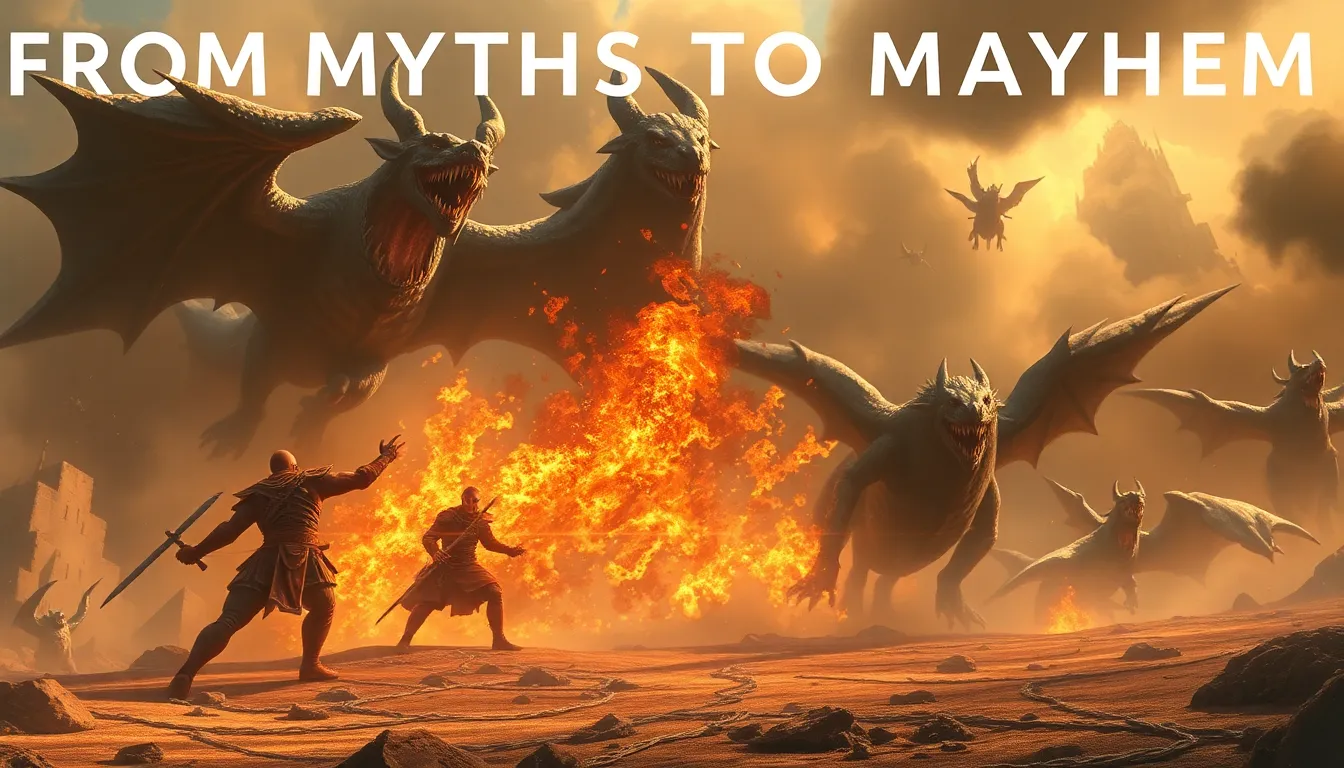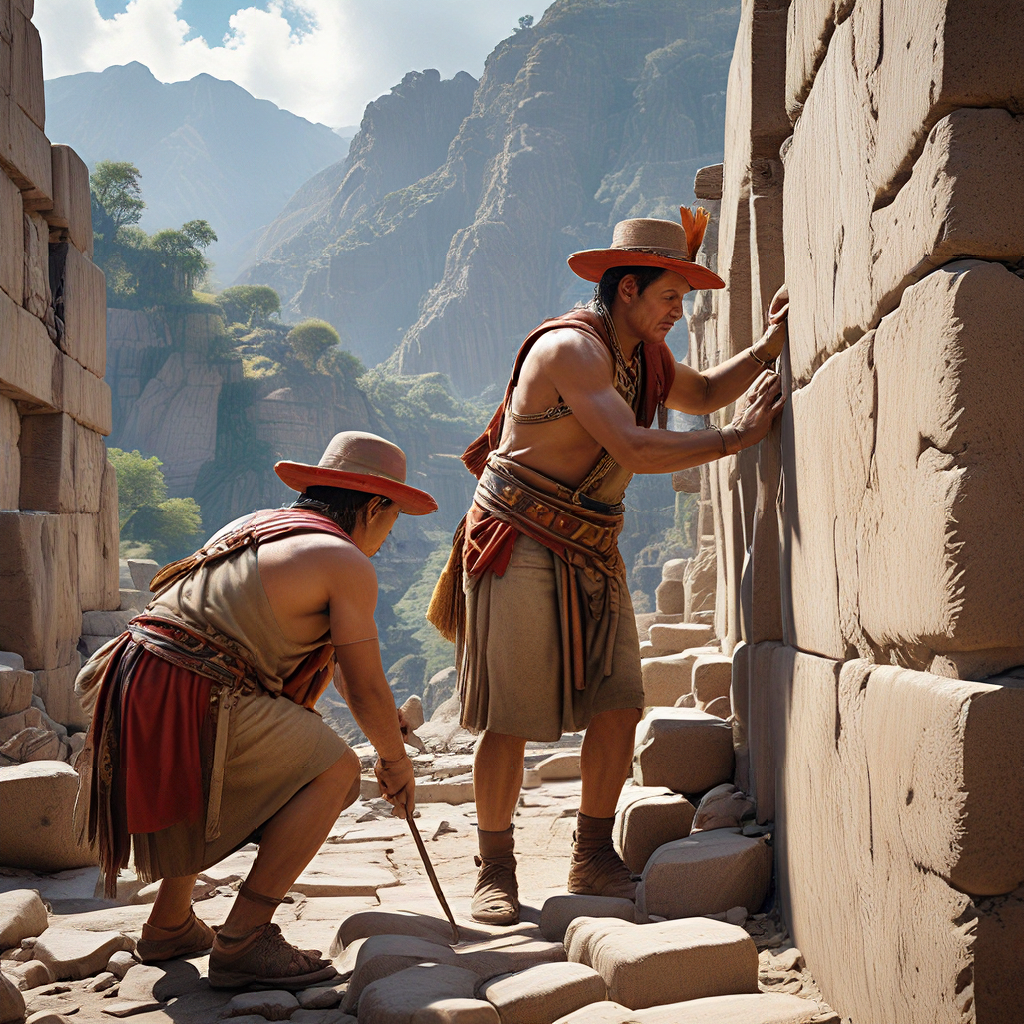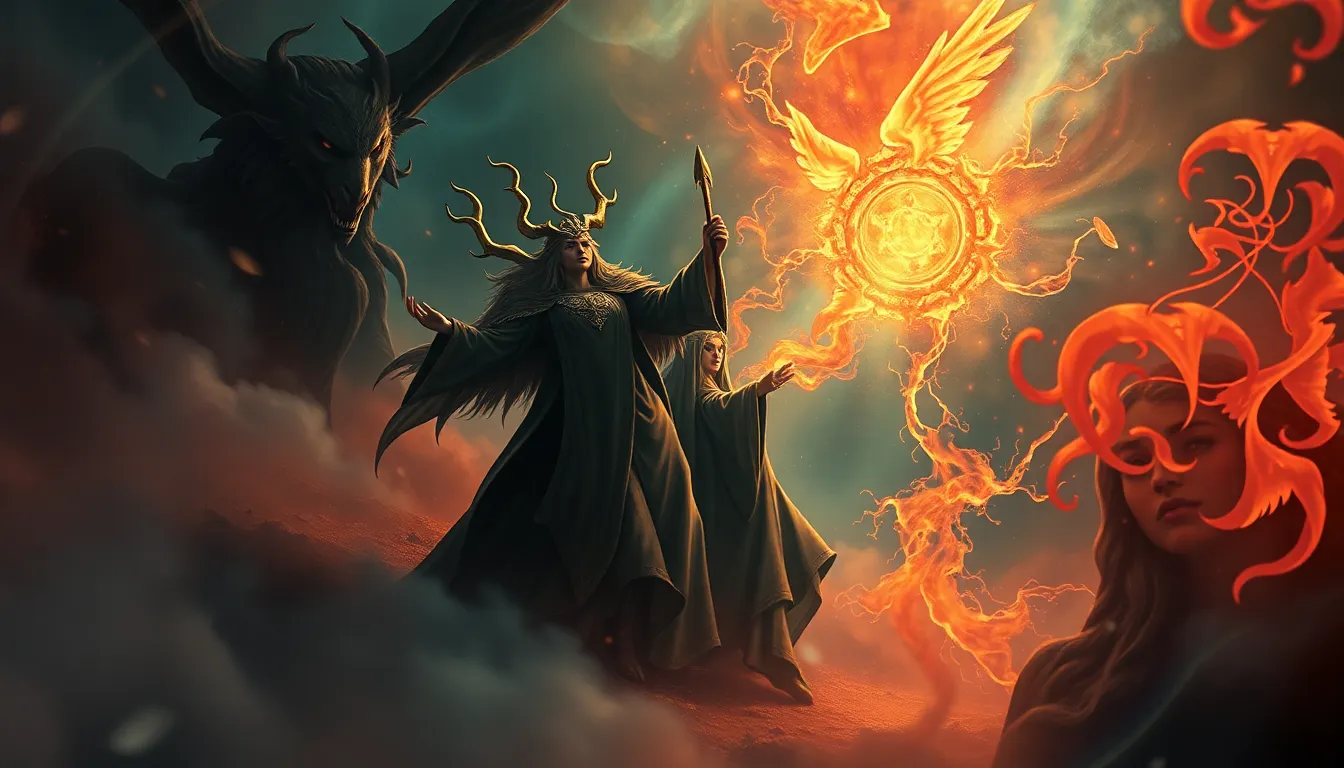The Influence of Superstitions on Filipino Mythological Beliefs
Introduction: The Intertwined Worlds of Superstition and Mythology
The Philippines, an archipelago of over 7,000 islands, is a land steeped in a rich tapestry of myths and legends. These tales, passed down through generations, offer a window into the Filipino soul, revealing beliefs, values, and fears that have shaped the nation's identity. While mythology often explores grand narratives of gods and goddesses, it is intertwined with the everyday realm of superstition. Superstitions, deeply ingrained in Filipino culture, exert a powerful influence on how people perceive the world, shaping their interpretation of events and influencing their actions. This article delves into the intricate relationship between superstitions and Filipino mythological beliefs, exploring how the two have merged to create a unique cultural landscape.
The Diverse Landscape of Filipino Mythology
Filipino mythology is a vibrant mosaic of diverse beliefs, reflecting the country's rich history and diverse cultural influences.
A) The Pantheon of Gods and Spirits
The Filipino pantheon is a rich tapestry of deities, each representing a specific aspect of nature, human life, or the supernatural realm. Among the most prominent are Bathala, the supreme creator god, and his wife, Mayari, the goddess of the moon. Other deities include Luningning, the goddess of the sun, and Maganda, the goddess of beauty. This pantheon, filled with gods and goddesses, is a testament to the Filipinos' deep reverence for the natural world and the forces that shape it.
B) The Role of Ancestral Spirits
Ancestral spirits play a significant role in Filipino mythology, believed to watch over their descendants from the spirit world. These spirits, known as Anito, are honored in rituals and ceremonies, as it's believed that they hold the power to influence the lives of the living. The respect for Anito underscores the importance of family lineage and the connection between the living and the departed in Filipino culture.
C) Folk Tales and Legends: The Living Legacy of Mythology
Filipino mythology is also enriched by a vast collection of folk tales and legends. These stories, passed down orally through generations, offer valuable insights into the Filipino worldview. Some popular tales include the story of Maria Makiling, a beautiful mountain nymph who protects the forests, and the legend of Bernardo Carpio, a giant who is said to be responsible for earthquakes. These tales serve as cautionary reminders, illustrating moral values, and offering explanations for natural phenomena.
Superstitions: A Tapestry Woven into Everyday Life
Superstitions are deeply embedded in Filipino culture, influencing daily life and shaping people's actions. These beliefs often stem from a desire to understand and control the unknown, seeking explanations for the unexplainable.
A) Common Superstitions and Their Significance
Filipino superstitions cover a wide range of beliefs, from everyday practices to rituals meant to ward off misfortune. Some common superstitions include:
- Knocking on wood: This act is believed to ward off bad luck, particularly after boasting about something good.
- Spilling salt: Spilling salt is considered an omen of bad luck. To counteract this, it's customary to throw a pinch of salt over one's left shoulder.
- Seeing a black cat: Black cats are often seen as harbingers of misfortune, especially if one crosses your path.
- Sweep the floor at night: This is thought to be a sign of bad luck, as it's believed to sweep away good fortune.
These superstitions, ingrained in everyday life, reflect the Filipinos' belief in the power of the unseen world and the importance of adhering to certain practices to ensure good fortune.
B) The Fear of the Unknown and the Power of the Supernatural
Filipino superstitions often stem from a fear of the unknown and a belief in the power of the supernatural. The belief in entities like aswang, shape-shifting creatures that prey on humans, and engkanto, spirits of the forest, highlights this fear. These beliefs serve as a reminder of the potential dangers lurking beyond the realm of human understanding. Fear, intertwined with the belief in the supernatural, shapes the Filipino psyche and impacts everyday actions.
C) Superstitions as a Form of Social Control
Beyond personal beliefs, superstitions also serve as a form of social control, encouraging people to behave in certain ways to maintain harmony and order within the community. For example, the belief that stepping on a crack would bring bad luck serves as a social reminder to be mindful of one's actions. Similarly, superstitions related to respecting elders and ancestors reinforce the importance of family values and the need to honor the past. Superstitions thus act as unwritten social rules, guiding behavior and upholding cultural norms.
The Influence of Superstitions on Mythological Beliefs
Superstitions and myths are closely intertwined in the Filipino cultural landscape, influencing each other and shaping the Filipino understanding of the world.
A) Superstitions as Seeds of Mythological Narratives
Many Filipino superstitions have become the foundation for captivating myths and legends. For example, the fear of aswang, shape-shifting creatures, has fueled countless stories about these creatures, their origins, and their motives. These stories often serve as cautionary tales, warning people to be wary of the dangers that lurk in the shadows. The belief in aswang has also influenced the Filipino culture, leading to practices aimed at protecting themselves from these creatures, such as avoiding travelling alone at night or placing certain objects in the house to ward off evil. Superstitions, deeply rooted in the Filipino psyche, have provided fertile ground for the emergence of mythical narratives, shaping how people perceive reality and interact with the world.
B) The Transformation of Superstitions into Mythological Figures
Over time, some superstitions have evolved into full-fledged mythological figures, their origins intertwined with folk beliefs and cultural practices. These figures appear in numerous myths and legends, embodying the fears and anxieties of the people. For example, the engkanto, spirits of the forest, originally associated with superstitions related to the natural world, have become prominent characters in Filipino mythology. Stories depict them as powerful beings who can be both benevolent and vengeful, highlighting the Filipinos' respect for the natural world and the need to live in harmony with it. Through their transformation into mythological figures, superstitions have taken on symbolic significance, embodying the values, beliefs, and concerns of Filipino culture.
C) The Blending of Superstitions and Mythological Practices
Superstitions and myths are not separate entities in Filipino culture; they are often woven together, creating a rich tapestry of beliefs and practices. Many rituals and ceremonies in Filipino culture, originating from mythological beliefs, incorporate superstitious elements. For instance, pamamanhikan, a traditional courtship ritual, involves offering gifts and seeking the blessing of the bride's parents. This ritual is deeply rooted in the Filipino belief in the importance of family and seeking ancestral guidance. The superstitions surrounding specific offerings, gestures, or words during pamamanhikan further underscore the power of these beliefs in shaping cultural practices. This intricate blending of superstitions and mythology demonstrates the integral role they play in Filipino life, guiding behavior and influencing social interactions.
Theories of Influence
Several theories explore the complex interplay between superstitions and mythological beliefs in Filipino culture.
A) The Role of Cultural Transmission
Cultural transmission plays a crucial role in perpetuating superstitions and myths. These beliefs are passed down from generation to generation through oral narratives, stories, and family traditions. As each generation adds its own interpretation, these beliefs evolve and adapt, retaining their core essence while reflecting the changing social and cultural landscape. This ongoing transmission ensures the continued relevance of superstitions and myths, shaping the Filipino cultural identity.
B) The Impact of Historical Events and Colonialism
Historical events and colonial influences have also shaped Filipino superstitions and myths. For instance, the Spanish colonization introduced new religious beliefs and practices, which blended with existing Filipino folklore, creating a unique synthesis. These influences can be seen in the fusion of Christian and indigenous beliefs, resulting in the incorporation of Catholic saints and rituals into Filipino mythology. Moreover, the experience of colonialism has led to the development of superstitions related to power, authority, and social hierarchy, reflecting the complexities of the Filipino experience under foreign rule. These historical influences have contributed to the richness and diversity of Filipino superstitions and myths, offering valuable insights into the nation's past and its cultural evolution.
C) The Psychological Basis of Superstition and Mythology
There is also a psychological dimension to the influence of superstitions and myths. These beliefs provide a sense of order and control in a world often perceived as chaotic and unpredictable. They offer explanations for natural phenomena, provide a framework for understanding human relationships, and serve as a source of comfort in times of uncertainty. The human need for meaning and purpose, coupled with an innate fear of the unknown, contributes to the enduring power of superstitions and myths in shaping human behavior and worldview.
FAQ
Q: What are some of the most common Filipino superstitions?
A: Some common Filipino superstitions include knocking on wood to ward off bad luck, spilling salt as a sign of misfortune, seeing a black cat as a harbinger of bad luck, and sweeping the floor at night as a symbol of bad fortune.
Q: How have superstitions influenced Filipino mythology?
A: Superstitions have often served as the foundation for myths and legends. The fear of aswang, for example, has fueled countless stories about these creatures. Some superstitions have even evolved into full-fledged mythological figures, such as engkanto.
Q: Are superstitions and myths still relevant in modern-day Philippines?
A: Yes, superstitions and myths remain significant in contemporary Filipino society. While they may not be as prevalent as in the past, they continue to influence cultural practices, family traditions, and daily life.
Q: What are the psychological reasons behind the persistence of superstitions and myths?
A: These beliefs provide a sense of order and control in a world often perceived as chaotic and unpredictable. They offer explanations for natural phenomena, provide a framework for understanding human relationships, and serve as a source of comfort in times of uncertainty.



